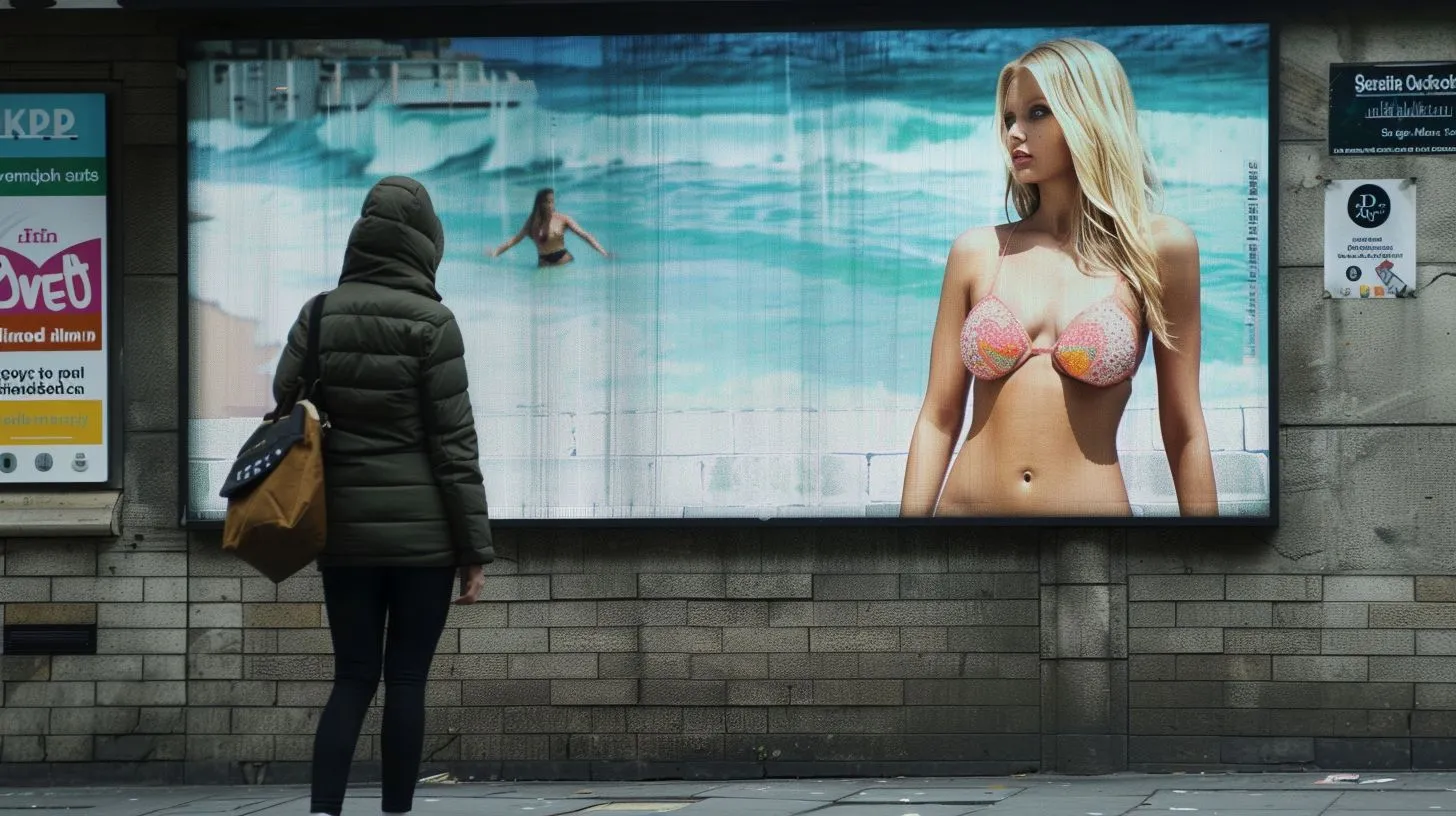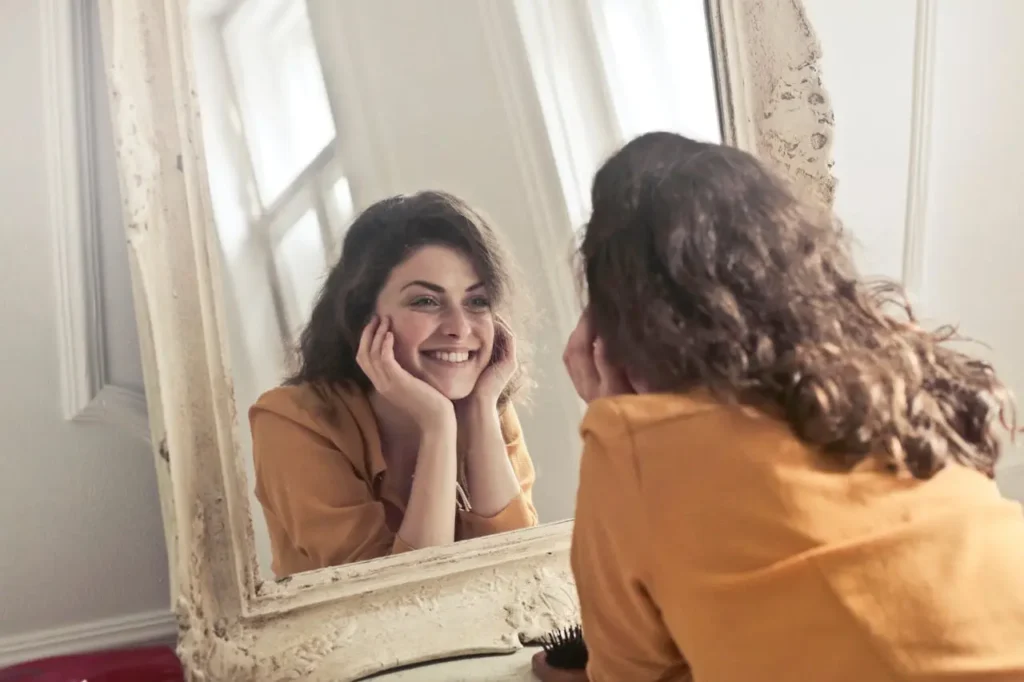Truth & Goodness
Bait for Anger. This Is How Algorithms Profit from Your Outrage
29 December 2025

Today, Kim Kardashian, known for her hourglass body shape, has much smaller buttocks and an even bigger waistline. Adele, Oprah Winfrey, and Jonah Hill have new, slim silhouettes. Even the body positivity icon Lizzo quickly loses kilograms. Until recently, no diet or personal trainer could stop a rich person from overeating. Thanks to the Ozempic, anyone with money can be beautiful, slim and young.
Yet until recently, it would seem that external beauty is being democratized. The covers of fitness magazines featured plus-size influencers, XL models appeared on the catwalks, and pop stars like SZA or Bebe Rexha proudly showed new, full shapes. But the appearance of the Ozempic has made thinness again a status symbol.
Ozempic is a diabetes drug that imitates the satiety hormone and slows down metabolism. A person taking this medicine does not feel hunger. Theoretically, it is only for diabetics and available only on prescription, but in practice, every actor in Hollywood and every pop singer has access to it. Its intake is associated with serious side effects, but it does not matter when a slim figure is at stake.
While in the 1990s, a woman in the entertainment industry was expected to be simply skinny, today, an outlined waist and wide, feminine hips are the things to do. This is another trend after the slim-thick silhouette (wasp waist, large breasts and buttocks), which is based on shapes that rarely occur naturally. Beauty canons are currently undergoing as rapid changes as clothes or makeup used to. To look fresh, one should have the appropriate body, and for that, they need a plastic surgeon.
Only rich people can afford to change the shape and size of their buttocks according to the whims of fashion. The masses are left with the consolation of “beauty in every size” and dreams of a society that does not judge people by their appearance.
We recommend: Faithfulness to Goodness, Truth, and Beauty: The Need for Idealists Today
The basic beauty canon is quite simple – it consists of symmetry and “mediocrity.” Symmetry shows that we are healthy and have not had any serious illnesses. And being average is the result of thousands of years of evolution – the medium-sized noses or mouths are so precisely because they have been chosen for generations.
One look at the list of the most popular influencers on Instagram is enough to notice the extraordinary uniformization of the beauty canon. To fit in trends, women need to have full mouths, “cat” eyes with strongly arched eyebrows, and a small nose, while men – boyish looks, snow-white teeth, and thick curly hair. For both sexes, the most important is a strongly outlined jaw.
Such homogenization has so far been characteristic of East Asia – every K-pop singer must have a double eyelid and a fat pad under their eye. Today, it is also common in other places in the world. Instead of being beautiful in our unique way, we have to be beautiful just like others.
Naturalness also ceases to be a value. Elycia Rubin of the Hollywood Reporter, in her article Plastic Surgeons Sound the Alarm Against the New “Alienized Look,” describes the “alien” look – popular on Instagram. It is a strange, distorted appearance that includes stretched eyes, overly filled lips, filler in the cheekbones, and removes fat from the lower part of the face.
Social media educates us about plastic treatments and surgeries and normalizes them. Risky procedures that involve pain and long recovery are ultimately just another common way to improve beauty. Men also change their look. They fly to Turkey for a hair transplant and new teeth, and some even extend their height, which requires breaking bones.

The popularization of Botox and fillers has led to the fact that people aging naturally begin to distinguish themselves. Social media makes us subjected to evaluation, we see ourselves more often in photos and videos. We will not miss any wrinkles.
Taking care of one’s appearance is understood as an investment in oneself. A Pilates lesson, Botox, a mask, or a visit to a dermatologist are supposed to heal us, help regulate emotions and restore balance. Particularly for women, caring for their comfort and mental well-being is always promoted in conjunction with a focus on external looks.
There may even be some validity in this. The beauty issue is much less superficial than one might think. Attractive people can expect a lot of ease in life. The assumption that someone good-looking is also nice, intelligent and good is called the “halo effect.” Such people are considered to be more trustworthy and competent. Slim women are more likely to succeed, both financially and in relationships. Access to treatments means access to a better image.
We recommend: Do We Become Better People When We Surround Ourselves with Beauty? On Beauty and Good
The Platonic triad of truth-good-beauty is replaced by the triad of wealth-fame-beauty. These three values begin to represent intrinsically the upper class to which we should aspire to become “fulfilled.” The lines of new social divisions are visible not only on the labels but also on our faces. It turns out that the same social media that push us toward treatments and surgery are also the last bastion of democracy – at least on the internet we can hide our appearance behind a mask of filters.
If you hate filters, you hate poor people
– says influencer Blaire Walnuts, who publicly admits to the surgeries and procedures she underwent, in a video on Instagram.
She explains that the rich can afford all the “improvements” in real life that the poor can only use as filters.
I cannot do all these things with my face and then sit here and say not to use filters. I use a filter in real life!
– she states.
Another influencer, Australian Stephanie Lange, quit giving makeup advice two years ago, stopped using Botox, and dissolved fillers and today focuses on criticizing harmful beauty trends. According to her, the antidote to the lack of individualism in modern beauty canons, and to the fact that we all eventually begin to resemble the same person, is being borderline ugly. Lange quotes Elle McPherson, an Australian supermodel from the 1990s, who describes herself as such in a documentary.
Lange gives examples of Anya Taylor-Joy, Sydney Sweeney, Lily Cole and Kate Moss. All of these women have distinctive facial features that can be seen as extremely attractive – or simply ugly. This makes them more versatile and their faces more interesting, unique and magnetizing.
She believes that instead of trying to catch up with Instagram trends, enlarge lips and reduce noses, we should all appreciate our uniqueness and feel proud of being “borderline ugly.” The only antidote to a world in which our value as a human being depends on how we fit into the latest vogues – and so on the contents of our wallet – may be our uncompromising self-belief. And the joy of being unique.
Translation: Marcin Brański
We recommend:

Science
28 December 2025

Science
28 December 2025

Zmień tryb na ciemny